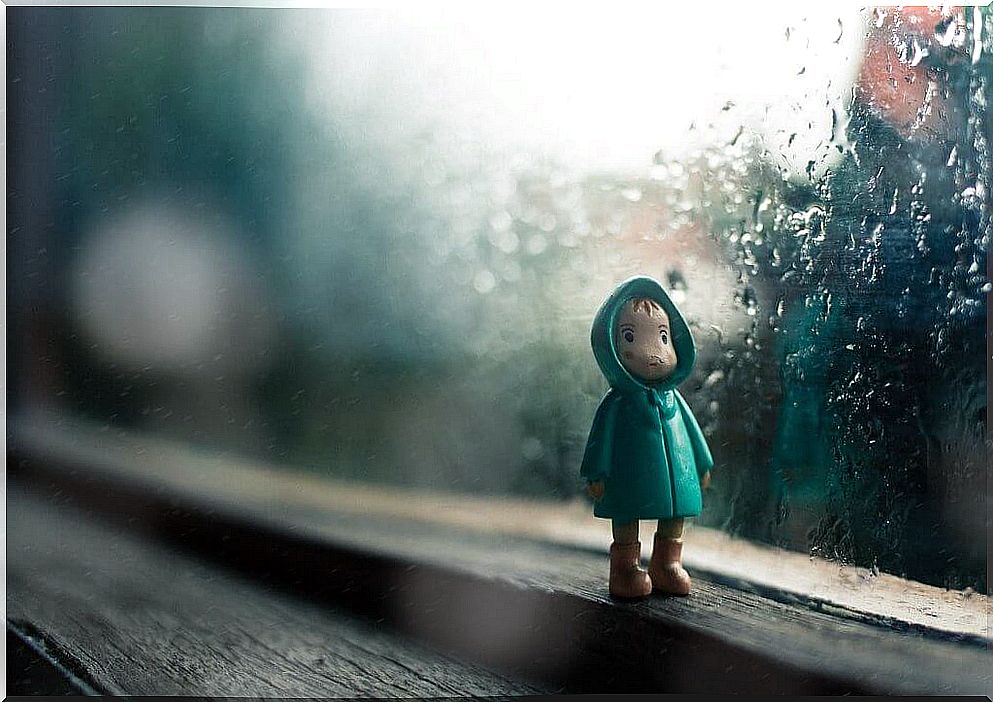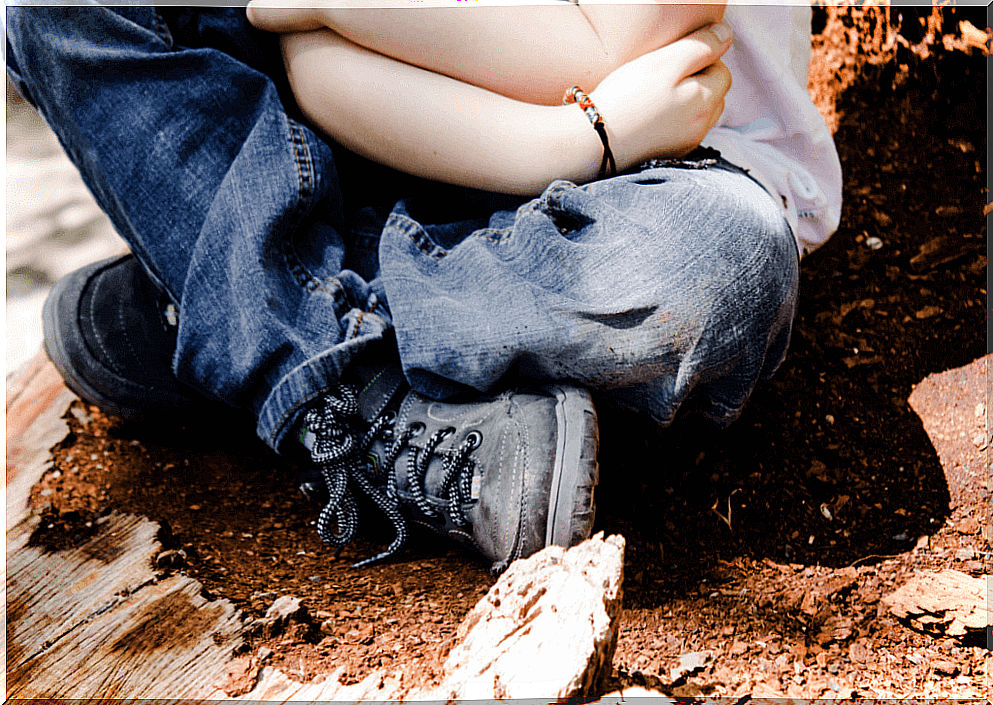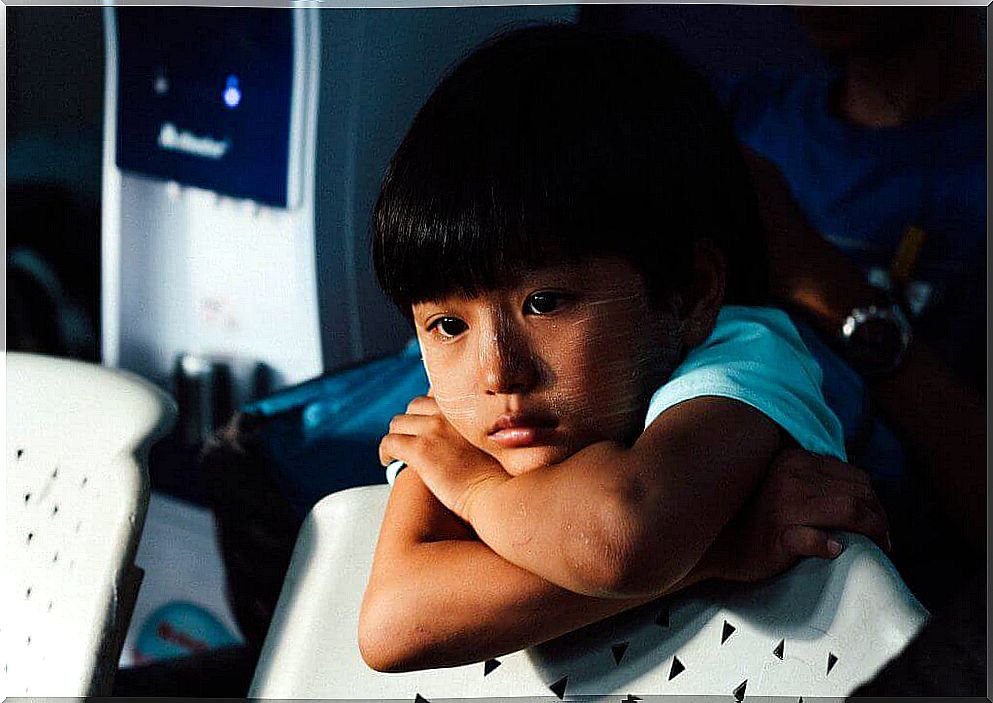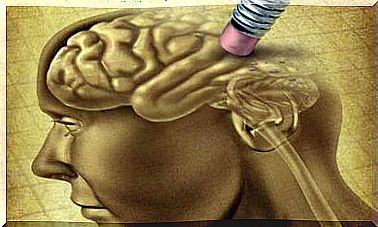Emotional Problems In Children: A Danger That Needs Attention

We all keep in mind that childhood should be a happy time. Children should go through this phase of life feeling positive emotions. Nothing bad should happen to them, is it? But the truth is that a number of factors can lead to emotional problems in children, just as it does in adults.
What makes some children have these problems and others not? As with older people, there are a number of personal and social characteristics that make us vulnerable and that can contribute to this discomfort becoming harmful… Let’s find out what these characteristics are so that we can help our little ones!
What makes children vulnerable to emotional problems?
First, let’s not forget that emotions play a role. All emotions, including negative ones. Therefore, it is necessary sometimes to feel angry in order to defend ourselves from something that is unfair. Or being afraid to protect us from danger. Or that sadness appears to transit through the mourning process that accompanies important losses.
The problem arises when these negative emotions are very intense, when they are present most of the time and very frequently. In other words, negative emotions do us harm when we are not able to use the energy and message they convey to our advantage. If this process is costly for us, imagine for the children… That’s why they need our help and our patience.

In the case of children, there are also some risk factors associated with emotional regulation problems. Having a difficult temper or being very introverted are two of these factors. Other aspects that can cause emotional problems in children can be low awareness, impulsiveness, inefficiency, attention problems, hyperactivity, great insecurity or deficits in information processing.
What increases the risk of emotional problems in children?
Children with the characteristics just mentioned are more vulnerable when we talk about whether or not they have emotional regulation problems. In addition, there are other factors, both family, social and school, that can increase this risk.
The family is a fundamental part of children’s lives. If there is hostility and family violence at home, this will increase the emotional suffering of the little ones. Contempt and rejection will also cause this suffering. Regarding parents, there is also influence of lack of control, lack of consensus between them or legal problems, in addition to other psychiatric issues.
At the social level, low economic income and lack of resources also play a role. In relation to the school environment, apparently smaller schools contribute to a better management of emotions. Factors such as negative expectations on the part of teachers, the extent of school participation, uncooperative learning or isolation, and rejection by peers are also associated with a higher risk of emotional problems.
Signs that indicate possible emotional problems in children
The fact that the characteristics we just specified are risk factors means that children who have them are more likely to have emotional problems. But, pay attention, it is possible for a child to have all of them and not develop any problems in this regard. The question on this question is… how to detect these characteristics to help children who have such problems?

First, children may ask for help if they feel bad, but this is not very common. Therefore, it is the adults who deal with them, both parents and teachers, who need to be alert to a possible emotional distress in the children.
To identify, we can observe a series of symptoms on a physical level, such as tachycardia, fatigue, nausea, dry mouth or muscle tension. Children, in these circumstances, tend to show some characteristic behaviors, such as isolation, biting their nails, crying, screaming, breaking things or fighting frequently.
Finally, it is necessary to be aware of the thoughts that the child expresses. These thoughts can be related to the idea of contamination, self-criticism, guilt and fear. They may also have a morbid imagination or may have difficulty generating alternative thoughts. In addition, they may feel constantly blocked or unable to concentrate. All of this tells us that the child is really sick and… it’s time to look for help!
Images courtesy of Andrik Langfield, Chinh Le Duc and JJ Thompson.









